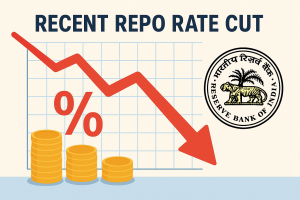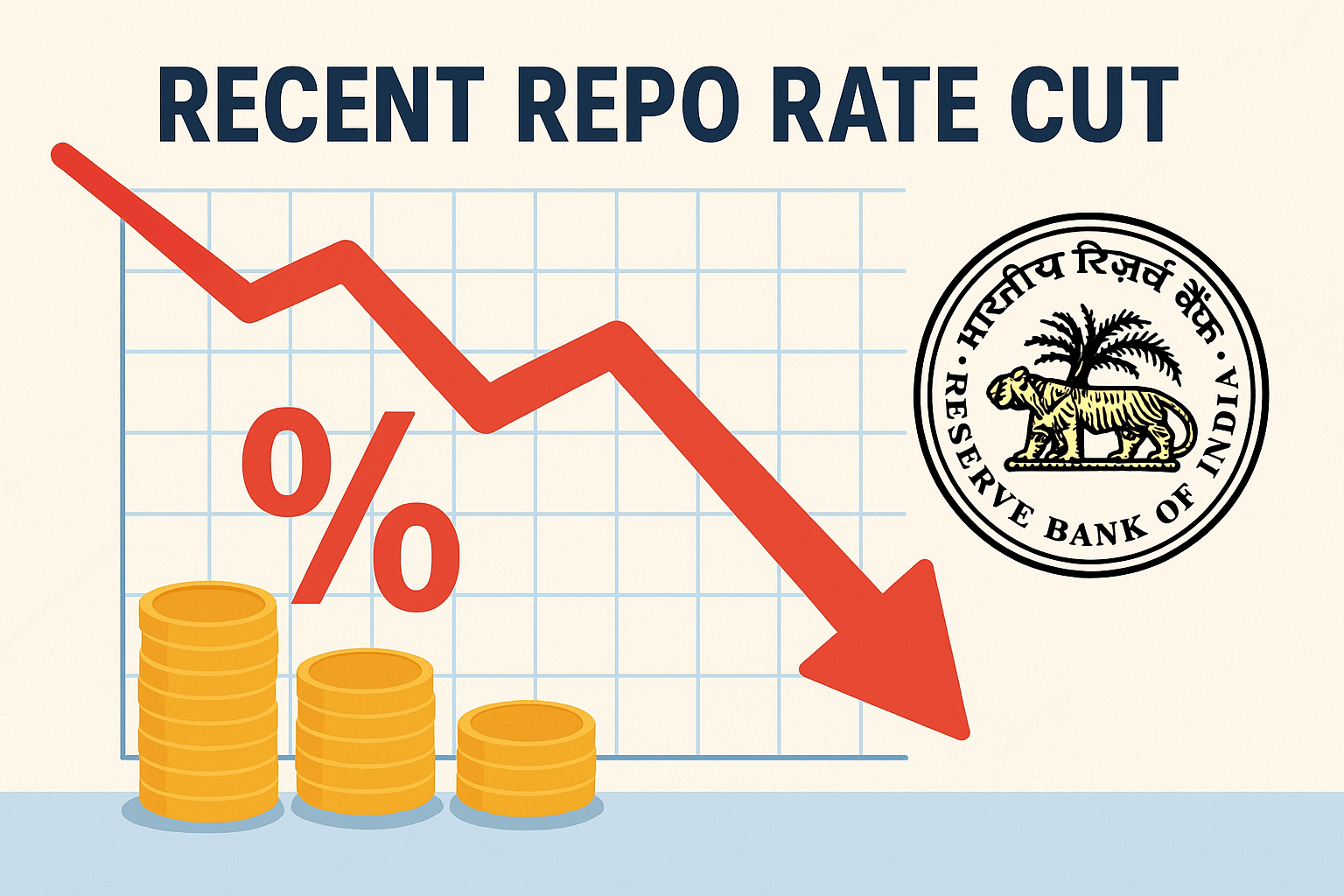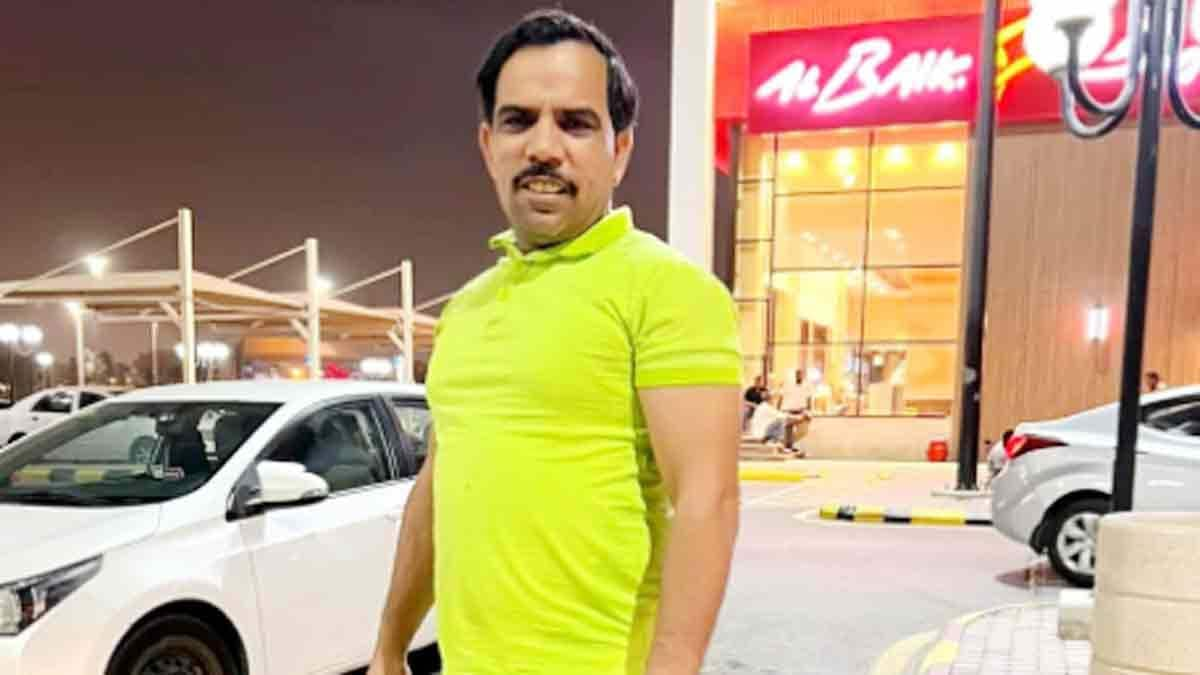Both experts and data highlight a growing preference amongst travellers for the Northeast as a travel destination.
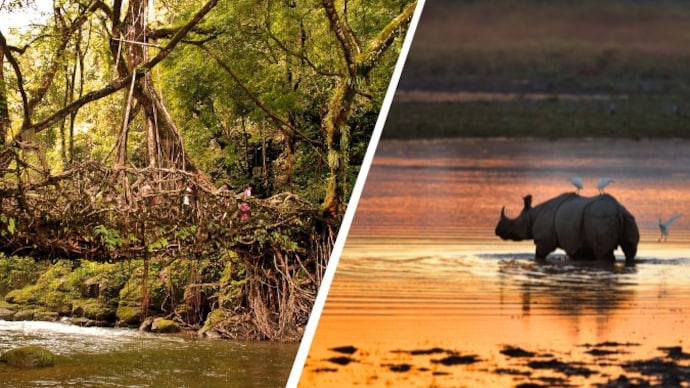
Northeast India remained a well-kept secret for decades, tucked away in the farthest corner of the country. As someone from this region, it was no surprise when people would ask me where exactly is that after I mentioned Assam. In fact, sarcastic comments like “Assam is not a part of India” were unfortunately not uncommon.
To the changing times
The Northeast is home to mesmerising landscapes, a vibrant food scene, and rich traditions. Yet, the seven sisters and a brother (Arunachal Pradesh, Assam, Meghalaya, Manipur, Mizoram, Nagaland, Tripura and Sikkim) often took a backseat in India’s tourism narrative. But times are changing. Travellers are finally discovering the charm of this region—and for all the right reasons.
In a recent report by The New York Times, Assam has been named the 4th must-visit destination in the world. The report highlights Assam as a crowd-free region gaining international recognition and witnessing improved accessibility.
Another report, the ‘Travel Trends Report 2025’ released by the travel platform Skyscanner, identified Shillong, the capital of Meghalaya, as the most popular destination for Indian travellers this year. This trend suggests that not only are Indians exploring the Northeast, but the region is also becoming a favourite amongst foreign visitors.
Interest in and demand for travel to the northeastern states have grown significantly post-pandemic. In fact, data shows that the region has not only recovered to pre-pandemic travel levels but has also surpassed them.
According to provisional data from the Ministry of Tourism, Government of India, 118.45 lakh domestic visitors travelled to the northeastern states in 2022, compared to 95 lakh in 2019. This upward trend appears to be continuing, and further increases are expected.

Experts seem to agree.
Vaibhav Kala, a travel expert, founder of Aquaterra Adventures, and senior VP, of the Adventure Tour Operators Association of India shares with India Today that northeast tourism is set to arrive in the coming decade.
According to him, every tourism effort progresses through the stages of discovering USP, awareness, connectivity challenges, lack of infrastructure, capacity building, etc. These stages are en route to completion, heralding a new era for tourism in the Northeast.
Sanjar Imam, the co-founder at Panache World, a luxury trip curator, tells us that travel to the Northeastern region is increasing and has made a recovery from the pandemic, as people are opting to visit more off beat places than the regular famous ones.
But what caused this change? Let’s have a look at some of the reasons.
Better connectivity
All the experts that we spoke to credited better connectivity to the Northeastern region as one of the primary reasons why the region is seeing a hike in tourism. Rikant Pittie, CEO and Co-Founder of EaseMyTrip, tells India Today that this surge is attributed to improved infrastructure, enhanced connectivity, and government initiatives like the Swadesh Darshan and PRASHAD schemes, which have developed holistic tourism destinations based on sustainable and responsible tourism principles.
For other modes of transportation, the Ministry of Northeastern Development deserves credit for improving road and railway connectivity. In a March 2023 press release, the Ministry of Railways said that during the year 2021-22, 14 new line projects covering a total length of 1,181 km were planned/sanctioned/executed, of which 361 km were commissioned, all in the Northeastern Region (NER).
The Ministry of Road Transport and Highways has also taken up/sanctioned national highway development works of 5137 kms in the NER. The region now has an extensive network of national highways, with the government prioritising projects under initiatives like the Bharatmala Pariyojana. This has helped connect remote areas to major cities and neighbouring states.
The obsession with off-beat travel
As travel and crowds increase, more people are opting for off-beat, secluded destinations, making the Northeast a preferred travel choice. The obsession with off-beat travel is on the rise. Sanjar notes that the neglect and isolation of the northeastern states of India over time have ironically preserved their forested lands, cultural traditions, and natural resources.
All the northeastern states are highly Instagrammable. Whether it’s Meghalaya’s living root bridges, cherry blossoms in Shillong, or Sikkim’s snow-capped peaks, these unique attractions frequently go viral, further popularising the region among travel enthusiasts. Videos showcasing traditional dances, unique cuisines, and events like the Hornbill Festival in Nagaland or the Ziro Music Festival in Arunachal Pradesh often gain traction online, establishing the Northeast as a trendy destination.
Social media has also helped dispel myths about the inaccessible or unsafe region, as travellers share positive stories and detailed itineraries. Rikant highlights that hashtags like #IncredibleIndia and #NorthEastIndia often trend, amplifying the region’s visibility among domestic and international audiences. According to a Statista report, 467 million Indians were actively using social media in 2023, with travel as a key topic of interest.
There’s no denying that Bollywood’s affinity for the Northeast as a filming location has grown significantly. The upcoming thriller series Paatal Lok Season 2, set to premiere on January 17 2025, was shot in Nagaland. Films like Anek, Bhediya, and Axone have also spotlighted the region, sparking curiosity and inspiring people to visit.
The Kamakhya Temple in Assam, known for its spiritual significance and unique rituals, has gained viral attention, attracting pilgrims and tourists, including Bollywood celebrities like Tamannaah Bhatia, Malaika Arora, and Shilpa Shetty. Their visits have further fuelled the temple’s popularity.
Everything is in the name.
Assam has made significant strides in promoting its cultural heritage and natural beauty, enhancing its tourism appeal. In July 2024, the Moidams, or the Ahom dynasty burial mounds, were recognised as a UNESCO World Heritage Site, becoming Assam’s third addition to the prestigious list.
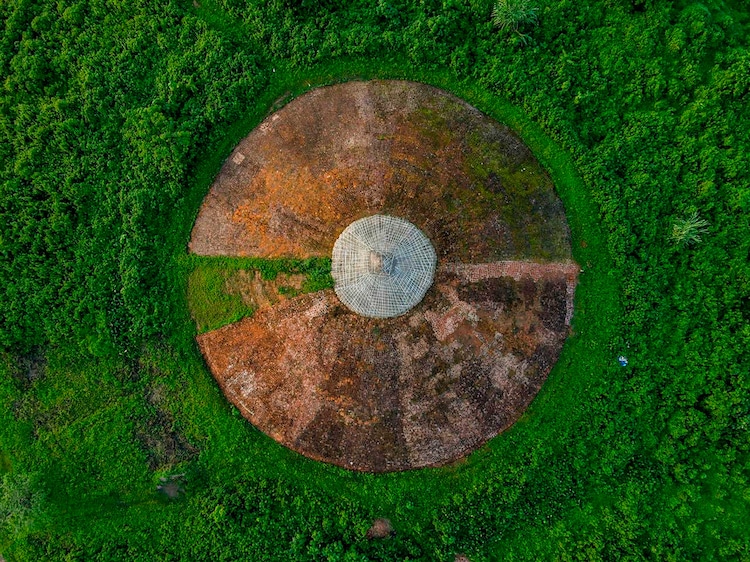
The food too
Northeast Indian cuisine is a vibrant tapestry of flavours that reflects the region’s rich cultural diversity and culinary traditions. Each state boasts its own unique dishes, heavily featuring rice and an array of meats, including fish, pork, and chicken. For instance, Assam is known for its Tenga, a sour fish curry, while Sikkim delights in momo and Thukpa, a noodle-based soup. The cuisine is characterised by the use of fresh, local ingredients with minimal oil and mild spices, making it both healthy and flavourful.
Renowned chef Ranveer Brar has repeatedly praised Northeastern food for its authenticity and depth, highlighting how it combines indigenous ingredients with traditional cooking methods that resonate with local and global palates.
.
The growing recognition of Northeastern cuisine has significantly boosted tourism in the region. Tourists are increasingly drawn to local eateries and food festivals’ unique flavours and culinary experiences. This culinary spotlight promotes local businesses and encourages cultural exchange, as visitors seek to understand the stories behind each dish.
The Northeast has everything (yes, I am a little biased). Want to go see cherry blossoms but can’t go to Japan? Visit Shillong. Want to experience life amongst the tribals and do adventure tourism, Nagaland is your answer. Wildlife sanctuaries? Add Assam to your bucket list. The Northeast has everything, and the world and the country is realising it now, but it is still a long way to go for the Northeast.




